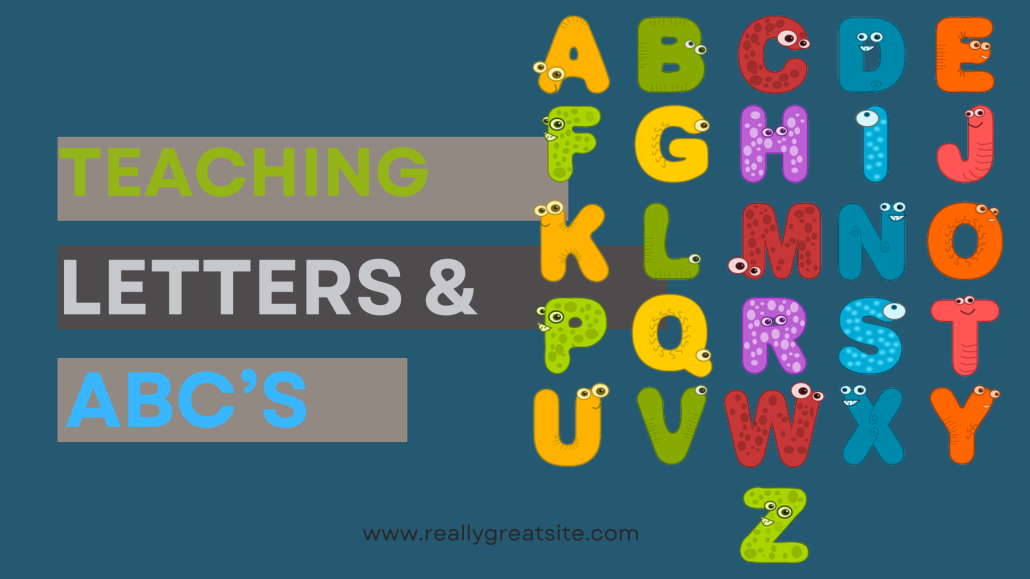Establishing a Secure and Engaging Learning Environment for Preschoolers

Designing a secure and stimulating preschool environment is imperative for nurturing the comprehensive development of young learners.
Preschool marks the starting point of a child’s educational journey, influencing their cognitive, social, and emotional growth.
Educators are pivotal in creating a nurturing space that not only prioritizes safety but also encourages curiosity and creativity.
This article delves into essential strategies for building a preschool environment that emphasizes safety and engagement.
1. Prioritize Classroom Safety:
The foundation of any preschool setting lies in ensuring safety. Educators should thoroughly assess the physical space to identify potential hazards, secure furniture, remove sharp objects, and implement childproof measures on electrical outlets.
Regular safety drills, such as fire evacuations, should be practiced to familiarize both educators and students with appropriate procedures.
Additionally, maintaining a well-defined health and hygiene protocol, including proper sanitation measures, is crucial for preventing the spread of illnesses.
2. Foster a Welcoming and Inclusive Atmosphere:
A safe preschool environment extends beyond physical safety to include emotional safety.
Establishing a welcoming and inclusive atmosphere is crucial for building trust among young learners.
Educators must be attuned to the diverse backgrounds and needs of their students, promoting an environment where everyone feels valued and respected.
This inclusivity forms the basis for positive social interactions and emotional well-being.
3. Thoughtful Classroom Organization:
The layout of the preschool classroom significantly impacts the learning experience.
Organize the space to include dedicated areas for various activities, such as reading corners, art stations, and play areas.
Ensure that materials and resources are easily accessible, encouraging independent exploration.
Well-defined spaces for group activities and quiet time aid in managing the energy levels of young learners throughout the day.
4. Engage with Stimulating Learning Materials:
Stimulating preschool environments are filled with age-appropriate learning materials that cater to different learning styles.
Incorporate a mix of hands-on activities, educational games, and visually appealing resources to capture the children’s interest.
Regularly rotating materials keeps the environment dynamic and fosters curiosity.
Involving students in choosing and organizing materials promotes a sense of ownership and responsibility.
5. Create Inviting Outdoor Play Spaces:
Physical activity is integral to a child’s development, and outdoor play spaces offer numerous benefits. Ensure that the outdoor area is secure, and age-appropriate equipment is available.
Natural elements such as plants and sensory gardens enhance the outdoor experience, providing opportunities for exploration and discovery.
Structured playtime not only promotes physical health but also encourages social interaction and cooperation among preschoolers.
6. Establish Effective Communication:
Establishing open lines of communication with both parents and students is vital for creating a supportive preschool environment.
Regular newsletters, parent-teacher conferences, and communication apps can keep parents informed about their child’s progress and upcoming activities.
Educators should also encourage young learners to express themselves, fostering effective communication skills from an early age.
7. Embrace Routine and Consistency:
Preschoolers thrive on routine and consistency.
Establishing a predictable daily schedule helps children feel secure and understand expectations.
Clearly defined transitions between activities contribute to a sense of order and stability.
Consistency in routines also aids in developing essential life skills, such as time management and self-regulation.
8. Invest in Professional Development for Educators:
Staying abreast of the latest educational research and best practices is essential for educators aiming to create a safe and stimulating preschool environment.
Encourage ongoing professional development opportunities for teachers to enhance their skills and stay informed about innovative teaching methods.
Collaborative learning experiences and workshops can provide valuable insights into creating enriching preschool environments.
Building a secure and stimulating preschool environment requires a careful blend of physical safety measures, engaging learning materials, and a nurturing atmosphere.
Educators, as architects of this environment, play a pivotal role in shaping the early educational experiences of young learners.
By prioritizing safety, inclusivity, and thoughtful design, educators contribute to the holistic development of preschoolers, setting the stage for a lifetime of learning.
How to Teach Preschoolers About Orange Shirt Day
November 20, 2023
/
Prek-Staff
/
Blog
/
orange shirt day, truth and reconciliation
/
No Comments
Fostering Empathy & Teaching About Orange Shirt Day Orange Shirt Day is a significant and meaningful event that commemorates the experiences of Indigenous children in residential schools and promotes awareness
Read More

Teaching the Alphabet & Abcs to Preschoolers
November 7, 2023
/
Prek-Staff
/
Blog
/
learning letters, teaching the alphabet
/
No Comments
Teaching Letters to Preschoolers Teaching the alphabet to preschool children can be a fun and interactive process. Here are some creative and engaging ways to teach the ABCs and letters:
Read More

Preschool Daily Schedule
December 16, 2015
/
Prek-Staff
/
Blog
/
prek daily routine, preschool daily schedule, preschool routine
/
No Comments
Daily Routine for Preschoolers in The Classroom A sample or example daily schedule for preschoolers and toddler children (below) in your preschool classroom to help you organize your day and
Read More
Classic Kids Nursery Rhymes
December 16, 2015
/
Prek-Staff
/
Nursery Rhymes
/
No Comments
Classic Nursery Rhymes & Rhyming Ideas for Preschoolers: Classic nursery rhymes and preschool rhymes are fun ideas to use with teaching your preschool children, toddlers and young kids in elementary school
Read More
Daily Preschool Program Ideas For Early Childhood Development
October 30, 2015
/
Prek-Staff
/
Blog
/
daily preschool program, prek program ideas, preschool programming
/
No Comments
Preschool Programming Ideas for Early Childhood Development: In order to find appropriate daily preschool program ideas for effective early childhood development for the pre k children in your classroom, you
Read More
Three Day Potty Training Tips For Boys And Girls
January 30, 2015
/
Prek-Staff
/
Blog
/
3 day potty training, potty, three day potty training
/
No Comments
Three Day Potty Training Tips – How to Potty Train a Girl or a Boy: Are you a parent or caregiver that cringes at the thought of potty training? Are
Read More
